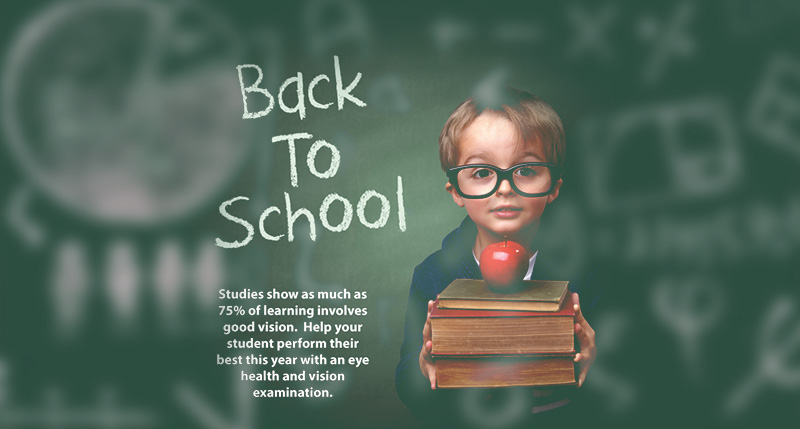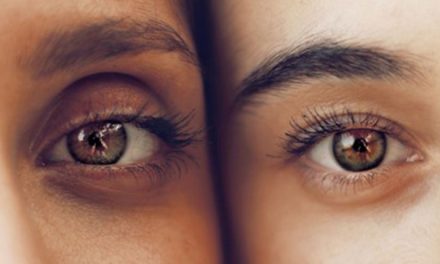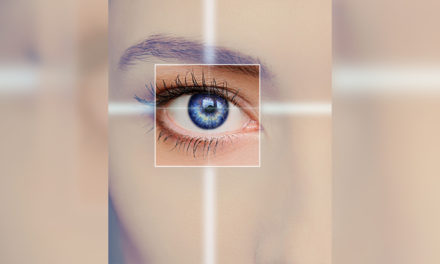Good Vision….Important for a Successful School Year for Students
Parents everywhere are racing to get the entire back to school checklist completed; school supplies, new clothes, bigger shoes and physical exams at the Pediatrician. Eye exams need to be worked in right at the top of that list. Good vision is a fundamental necessity to being able to learn in school.
Too often parents rely on a screening that was done as part of a well-child check or in a school setting. In fact, this screening is not a substitute for a full comprehensive eye exam. While screenings can be very good at detecting nearsightedness or myopia (inability for a child to see clearly in the distance) they can miss farsightedness or hyperopia (inability to focus at near), astigmatism, lazy eye, and other eye teaming and ocular health related issues. Many eye and vision problems have no obvious signs or symptoms making it critical to have a full evaluation and not just rely on your students perception of whether they are seeing well or not.
A full eye exam includes many components to uncover any vision or eye health related issues. A thorough case history and many preliminary tests are needed including depth perception, color vision, eye muscle movements, peripheral or side vision, and pupil testing. A refraction is done to check for any refractive error (nearsightedness, farsightedness and astigmatism) as well as eye focusing and eye teaming. Once the vision is completely evaluated, eye health is evaluated with or without pupil dilating drops.
If a diagnosis is made optometrists are well educated in discussing all of the available options to help your child succeed. There are many self-esteem, self-awareness, academic competence, and athletic performance concerns that kids and parents have when deciding what is best for an individual child. Proper communication and team decision between patient, parent and eye doctor are critical.





